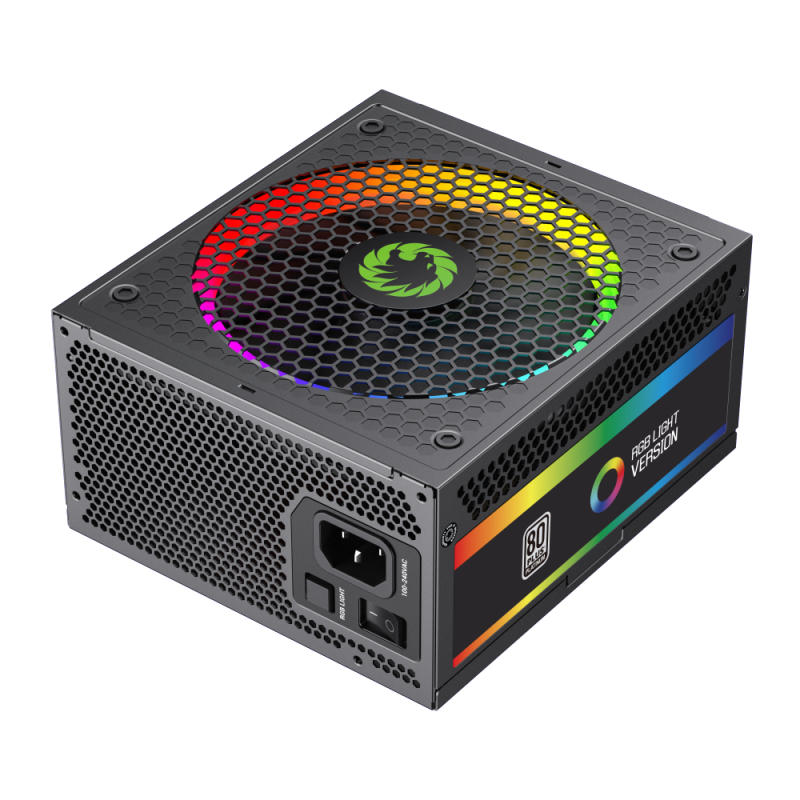Switching power supplies have become a cornerstone of modern electronics, offering unparalleled efficiency, compact design, and versatility. Whether you’re powering a laptop, an industrial machine, or sensitive medical equipment, a switching power supply delivers the reliability and performance required in today’s technology-driven world.
A switching power supply, also known as a switch-mode power supply (SMPS), is a device that converts electrical energy using electronic switching techniques. Unlike linear power supplies, which regulate voltage by dissipating excess energy as heat, switching power supplies use high-frequency switching transistors to efficiently control energy flow.

Rectifier and Filter: Converts AC input to DC and smoothens it.
Switching Element: A transistor (e.g., MOSFET) that rapidly switches on and off to control energy transfer.
Transformer: Steps up or steps down voltage while providing isolation.
Output Rectifier and Filter: Converts high-frequency AC back to DC for output.
Control Circuit: Monitors and regulates the output voltage or current.
Switching power supplies can achieve efficiency levels of 85-95%, significantly reducing energy loss compared to linear power supplies. This makes them ideal for applications where energy conservation is critical.
The use of high-frequency operation allows for smaller transformers and capacitors, enabling lightweight and compact designs. This is particularly beneficial for portable and space-constrained devices.
Switching power supplies can handle a broad range of input voltages, making them suitable for global applications and environments with unstable power sources.
Advanced protection mechanisms, such as overvoltage, overcurrent, and thermal protection, enhance the durability and reliability of switching power supplies.
Though initial design and component costs may be higher, mass production and long-term energy savings offset these expenses, making SMPS a cost-effective solution.
Switching power supplies are ubiquitous in modern technology, spanning numerous industries and applications:
Consumer Electronics: Laptops, smartphones, and LED TVs rely on SMPS for efficient power delivery.
Industrial Automation: Used in machinery, robotics, and PLCs for stable and scalable power.
Medical Devices: Ensures precise and safe operation of equipment like imaging systems and infusion pumps.
Telecommunications: Powers servers, routers, and base stations with minimal energy waste.
Automotive Industry: Supports electric vehicles (EVs), battery chargers, and infotainment systems.
While switching power supplies offer numerous benefits, they are not without challenges. Issues such as electromagnetic interference (EMI) and complex design requirements must be addressed. However, advancements in semiconductor technology and control algorithms continue to drive innovation.
Gallium Nitride (GaN) Technology: Enables higher switching frequencies and efficiency.
Integrated Circuits: Simplify design and reduce component count.
Green Energy Compliance: Aligns with stricter energy efficiency standards and eco-friendly practices.
Switching power supplies have revolutionized how we power electronic devices by delivering efficiency, flexibility, and reliability. As technology evolves, SMPS will continue to play a pivotal role in supporting advancements across various industries, from consumer electronics to renewable energy. Embracing cutting-edge trends like GaN technology and sustainable practices ensures that switching power supplies remain a key enabler of modern innovation.